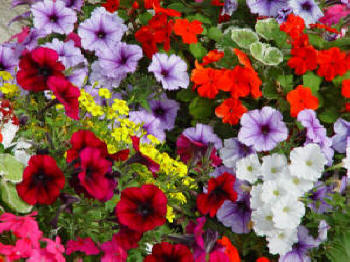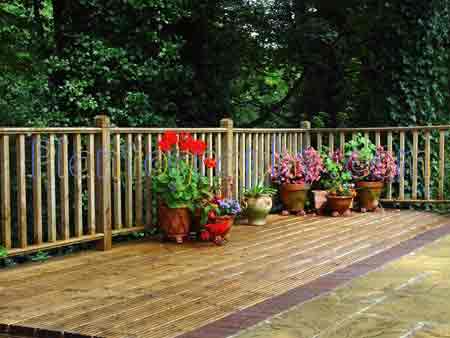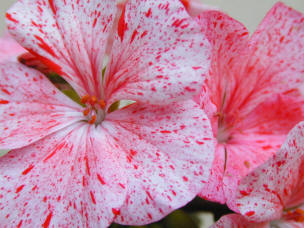Lunaria annua and rediviva Plants - Honesty or Money Plant
Lunaria are grown for their tall slightly bushy habit with upright stems having terminal clusters of white, pink, red or mauve flowers. The added attraction is long- lasting seed pods through autumn into early winter. These are ‘dollar’ sized – which give rise to the ‘money plant’ common name - and translucent, which probably has a bearing on the common name of ‘Honesty’!
Height is to 90cm (3 feet) with a bushy but conical habit of growth. Pale green- toothed heart shaped leaves form a good foil for the masses of flowers mainly at the top but also as terminal inflorensces on each of the branched stems. Honesty are one of the earlier flowering biennials or annuals – starting in late spring and lasting through most of early summer – thereafter giving a delightful performance – especially against the sunlight – with the light green translucent seed pods – later turning papery brown
There are two basic forms – annual or perennial. It could be argued that there is yet another being a biennial. Whilst it can be grown as a biennial, it is botanically the same as the annual Lunaria annua. You can choose whether to grow it as either. Whichever way you decide to grow, it will look substantially the other at flowering time – possibly with the plants grown as biennials being slightly larger with to having a longer growing period.
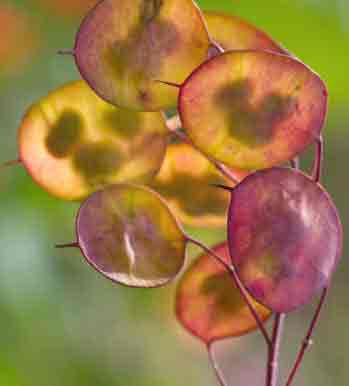
Lunaria annua 'Alba Variegata' April 23rd - Seedheads of Common Honesty in late summer.
Lunaria annua is also known as Lunaria biennis, which gives the clue that it can either be grown as an annual or biennial plant. Normally, the seeds are bought in the spring, sown and grow into tall flowering plants within a month or so. They can also be sown in the autumn – as a biennial – to start growing the same year – over-wintering then resuming growth and flowering the following year.
The annual Honesty has a few variations in flower colour and also foliage, with several types available with good variegated leaves – whilst still retaining the flower power for which they are known.
Lunaria rediviva is a herbaceous perennial form with much the same characteristics as the annuals but with dark green almost bronze leaves and light mauve white flowers. It grows into a substantial clump and is hardy enough in most areas, to have a permanent home in a perennial border or other permanent bed.
Where and How to Grow Lunaria
Sun, part shade or woodland naturalization, are acceptable growing areas with a preference for well drained but slightly moist soil – acid or slightly alkaline. If the annual Lunaria is allowed to grow seed – rather than cutting for floral decoration as dried flowers – seed with drop – spread a little in the wind and re-seed wherever it lands.
Seed can be sown in the open from early spring or sown in a bed during autumn for over-wintering to be planted in flowering positions in spring. The perennial form of Lunaria redivia can be divided before growth starts in the spring and can also be grown by taking softwood cuttings in mid to late summer.
Problems with Lunaria Plants
As a cruciferous plant it is sometimes subject to club root. Lift and burn.
Best Selling Gardening Products
Popular Gardening Sections
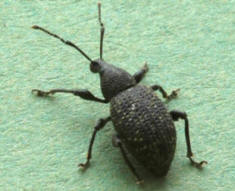
Problems
Identify Weeds in The Garden - How to deal with weeds. Diseases and Pest which harm your garden and plants, learn how to prevent, deter and erradicate your garden problems.
Garden Problems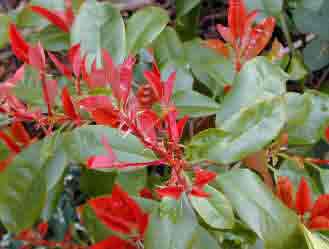
Pruning
Pruning Guide. Shrubs flower better with correct pruning. Many illustrations and examples of what to do - and when. Includes evergreens, roses, flowering shrubs, spring flowering shrubs and pruning for stem effect. This is our most viewed and comprehensive section,
Pruning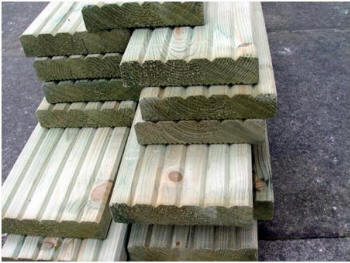
Gardening Businesses
Gardening Businesses listed in the UK counties and USA states. County and State Listings of businesses involved in Garden supplies and services. If you wish to be added to the Directory, please send us your information. Having problems, use the search box
Businesses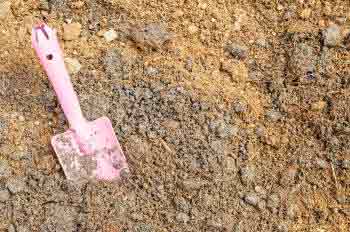
Gardening
In this section you will learn about Gardening Basics, Containers, Landscaping, Propagation and Soil.
Gardening
Gardening Gifts
Gardening Gifts and Reviews, Read Before you Buy
- Gardening Gifts Ideas
- Gifts For Her
- Gifts For Men
- Power Tool Gifts
- Cheap Gifts
- Personalised Gifts
- Wildlife Gifts
- Family Gifts
